In 1945 Arthur C. Clarke envisioned the use of satellites in geostationary orbit to form a worldwide communications network, which started the satellite revolution. This vision became a reality in 1957, when the USSR launched the Sputnik satellite into space. However, it was only in 1963 that the first geostationary satellites were launched to broadcast images from the 1964 Olympic Games to the whole world.
In the seventies, live news broadcasting became possible thanks to the first transportable uplink amplifiers. These amplifiers evolved in the eighties to meet the new demands of the industry: some of them already had advanced features such as efficient power sources with switching mode and microprocessor control.
The requirement that uplinks operate at higher frequencies within the Ku band (from 14.0 to 14.5 GHz) allowed for the creation of a more transportable system, due to the smaller physical size of its components. The demand for transportability in applications such as satellite news gathering required the construction of the systems to be lighter and smaller in size, as well as more robust.
Market requirements and future trends
The growth of the industry over the past 20 years has exceeded all forecasts and expectations. This also seems to be the scheme that is imposed as the twenty-first century enters. The increased demand for satellite traffic will determine its ability to compete, both in performance and costs, with other technologies such as fiber optic networks.
It could be said that the present constitutes the dividing line for satellite telecommunications, due to the incursion of digital communications and the coincident decline of analog systems, which allows fiber optic networks to be implemented and grow.
To continue their growth within the industry, satellite communications systems must retain the commercial and technological advantage over other systems. The flexibility of the satellite communications system is its most important advantage compared to other communications technologies, so this relative superiority must be maintained and developed.
One sector of the market in which this advantage stands out is that of mobile communications and from remote sites. As the communications network expands to encompass increasingly remote areas of the world, demand is shifting towards more cost-effective and more mobile systems.
Rapid response mobile satellite link systems will be essential to increase communications traffic via satellites.
Meet new demands
EEV conducted a comprehensive market study that allowed integrators and users to provide the necessary data that, after analysis, formed the basis of the design specifications for a Ku-band link amplifier, which would meet the demands of the industry in the present and for the foreseeable future.
All specification requirements were weighted to focus design-related decisions on the most priority demands. Applying this strategy, called the deployment of the quality function (QFD), throughout the design and manufacturing phases, has ensured that responses to market demands are incorporated into the final product.
An example of this strategy was observed in the decision of the mechanical plane. To obtain the minimum drawing without sacrificing the reliability of the product, a computer-aided design was used that allowed the conditions of manipulation and thermal handling within a volume that needed to be verified, as well as defining the previously agreed design margins, before making decisions related to the final plan.
All design decisions were made only after appropriate consultations with production and manufacturing engineering, as both manufacturing and manufacturing design were considered essential to control reliability and cost aspects in the production phase.
Design of the TWT
One of the main components of the new amplifier is the Progressive Wave Tube (TWT) since it affects all other properties of the design. The TWT project itself is crucial to the performance and reliability of the amplifier, as are the numerous interfaces with the tube, to maximize the reliability, performance and durability of the equipment.
The TWTs used in the amplifier are based, as an RF circuit, on a helical winding wire. The basic interaction between an electron beam traveling through the center of the propeller and the RF of the propeller imparts its gain to the tube. The gain level is influenced not only by the interaction time but also by the length of the propeller.
The electron beam traveling through the center of the propeller must be kept oriented at all times by a magnetic approach. The electron beam approach is the most important factor for the performance and duration of the TWT.
Thanks to the advances made in solid-state amplifiers in recent years, it was possible to reduce the gain requirement of the TWT while maintaining the overall gain of the amplifier. This reduced the required propeller length by about a third and provided the opportunity to decrease the size of the amplifier overall.
The duration of a TWT is mainly defined by the permanence of its own cathode. The primordial characteristics that affect the life of the latter are: the function of electron output, on the one hand, and the temperature of the cathode, on the other. Both affect the proportion in which the emitting layer wears out with use.
Power sources
TWTs require four power sources: the cathode, collector, heater, and anode. The interfaces between these sources and the tube electrodes affect the final performance of the amplifier as well as the life of the TWTs.
If optimal performance and a long life of the TWT are desired, certain conditions such as the accuracy of the control point fixation, stability, ripple and noise, as well as the characteristics of the switch, must be controlled.
All power sources are set to a common 100 kHz clock that allows switching noise to be controlled and suppressed. The cathode has the strictest specifications, since any variation of it will appear as a noise or distortion in the RF output. Both cathode and collector sources use voltage multiplication techniques that are now fairly well established in many rigorous applications.
These sources are powered from a unit power factor pre-regulator with an output of 380 V. This module accepts a primary power input in the domain from 99 V to 264 V without requiring any adjustment, and incorporates a soft start that ensures that no sudden overload occurs at the ignition.
These properties allow the amplifier to operate anywhere in the world, even in low-capacity generators with non-sinusoidal outputs. At the same time, working in combination with good line filtration and a careful design of the power switching stages, these characteristics allow the amplifier to comply with the latest standards regarding electromagnetic compatibility.
Cooling and packaging
Most TWT designs employ an alumina insulating substrate to transfer heat to a thermal sink. Although alumina is a good conductor of heat, it is much more deficient than copper. If you add to this the numerous thermal joints present, this design becomes inefficient.
Converting the collector into a heat sink and using air directly to cool the radiator fins, achieved considerable improvements over previous TWT designs. The only disadvantage of direct cooling was that the heat sink was at the same collector voltage. This could be overcome by changing the radical nature of the TWT's packaging: a high-temperature plastic tube that features two high-speed axial fins that work in parallel to provide the necessary airflow.
The other benefit was the weight savings: the size of the collector heat sink was reduced, and the weight of the packaging itself is lower. The dissipation of the power source of only 350 W is due to high-efficiency converters. However, it was equally important to produce a good thermal design for the power source, in order to improve the reliability of the components.
Control
The control of the amplifier is mainly carried out by means of an input with a programmable function key to the microprocessor on the front panel, in which the feedback of the case is obtained by means of the liquid crystal display.
Front panel keys offer control and monitoring during normal operation. The requirement for a remote control has also been taken into account by incorporating a parallel interface, a serial interface and a logical port. These ports can be configured by selecting the corresponding menu that is accessed through the programmable keys on the front panel.
Design approval and qualification
Comprehensive test programs were conducted for design approval and qualification, among which was a full environmental endurance test program. The levels of the tests and the respective methods used were defined, seeking to simulate the types of environmental conditions to which the amplifiers would be subjected during their service time.
For example, vibration tests required the amplifier to vibrate to the required level of a truck traveling 50,000 km of transport through uncovered terrain.
The Stellar amplifier range includes TWT and SPA outputs from 10 to 500 watts, in frequency bands C or Ku. Currently, it seeks to get more feedback from the market to offer new options and further expand the range.
In short, this development program produced a new dimension of uplink amplifiers, more reliable, cost-effective, of smaller size and weight, and in tune with the current and future demands of the market in transmissions, both analog and digital, from fixed ground stations, SNG trucks and aerial stations.



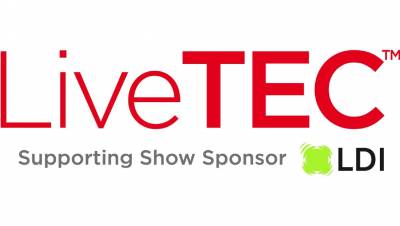

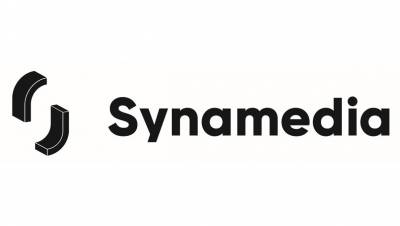


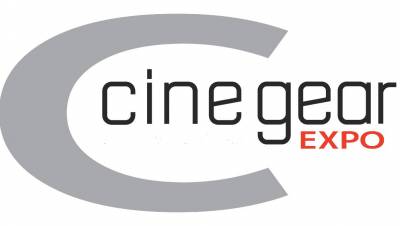




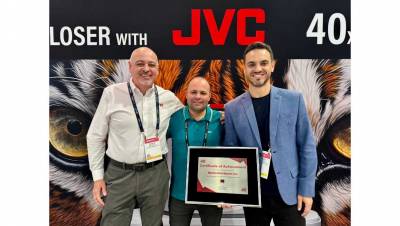

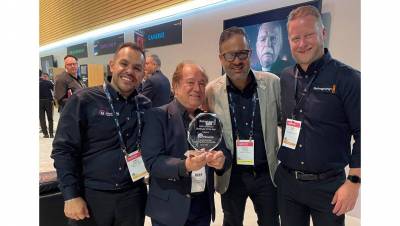







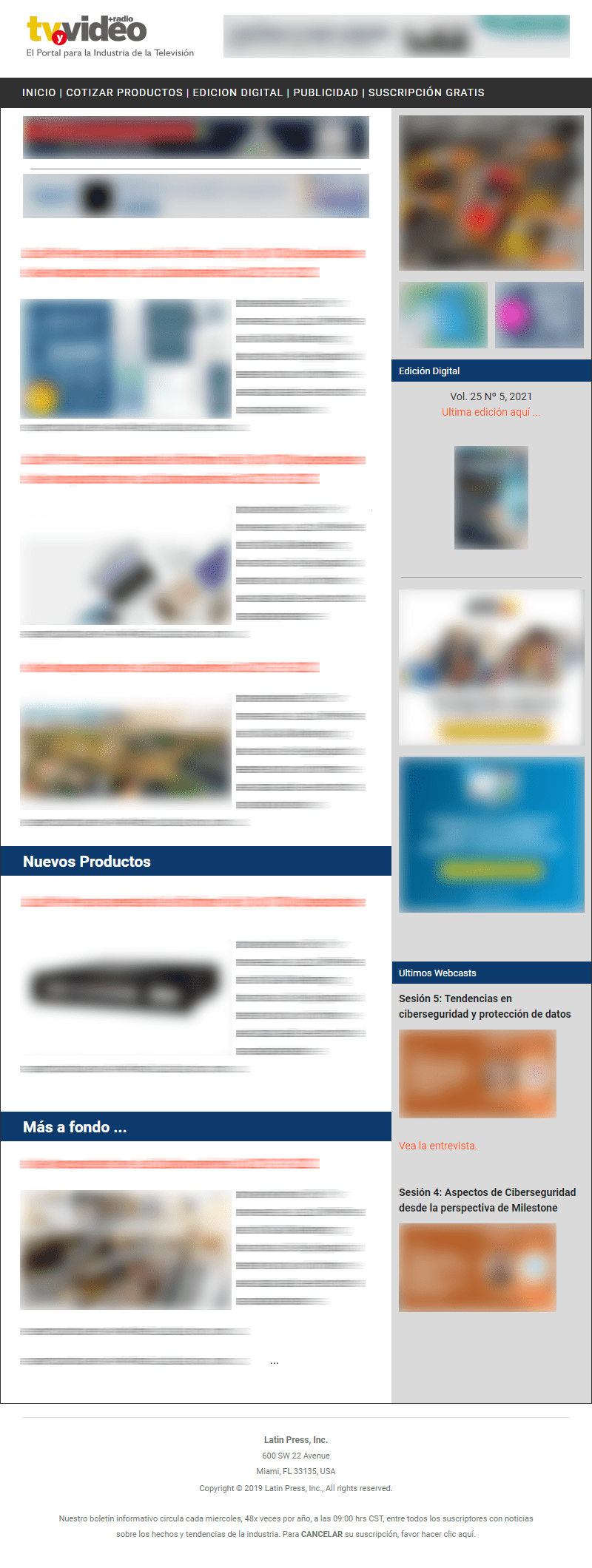
Leave your comment